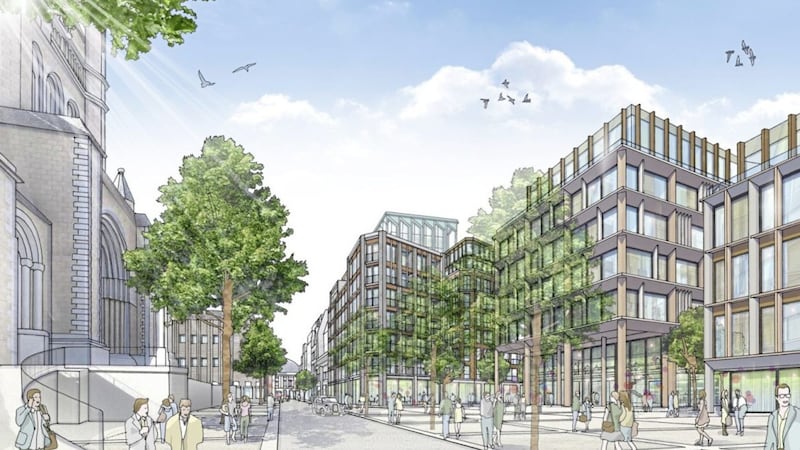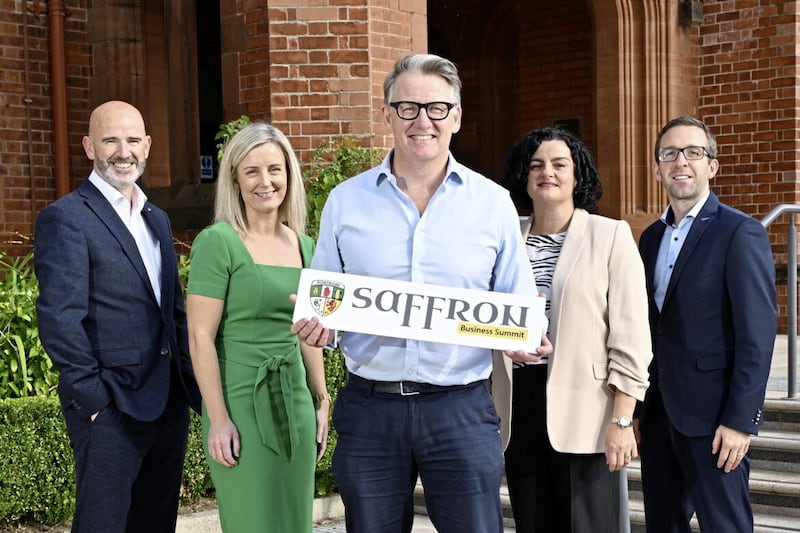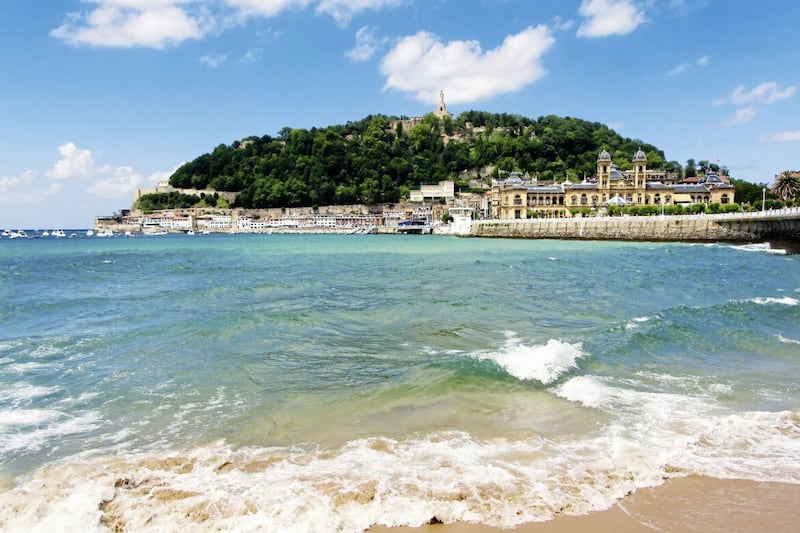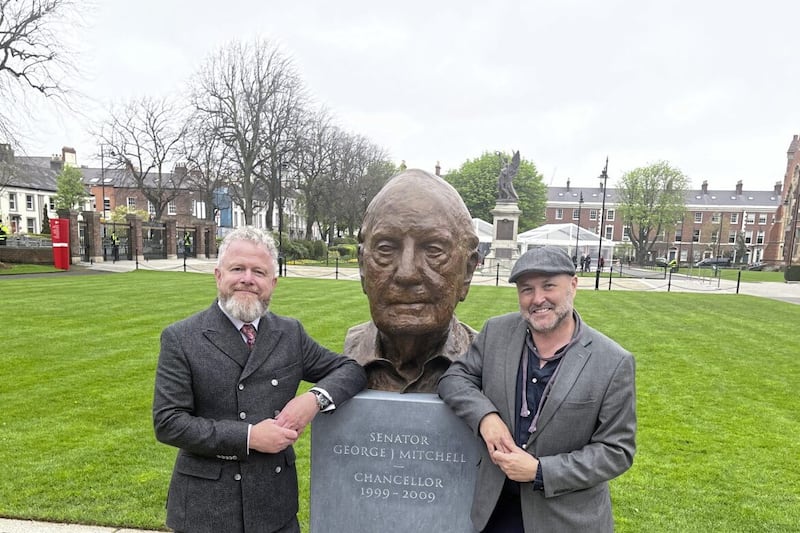MY first real exposure to the world of the public relations was in 1997 when the company I was working for at the time, Macmillan Media, won the work of the only publicly listed property company here, Ewart plc.
Under the leadership of its then chief executive Barry Gilligan, Ewart was doing some really interesting things to try and push forward the commercial property market in Belfast city centre.
The property world was pretty flat then and it had been 10 years since Castlecourt had opened. Very little office development had taken place either. In late 1997 and the first months of 1998, I got to work on a hostile takeover of Ewart by Dublin-based Dunloe House plc. It was a brilliant experience and I learnt a lot about London and Dublin stock exchange rules and the machinations and intrigue of plc boardrooms.
Ultimately, the takeover was successful, a new company was formed called Dunloe Ewart plc, and I continued on with the new entity. The company, under the chairmanship of Dublin solicitor Noel Smyth, wasn’t afraid to shake up things here. Noel was (and is) a proper entrepreneur. I’ve always liked him, and he and Barry, who stayed on as the director of the northern business, got to work.
They did the biggest commercial property deal ever seen here when they bought the 16-acre Sirocco site on the opposite side of the river from the Waterfront Hall for £23m in 1999. Some serious money has been made and lost on that site since. Twenty-one years later, it remains undeveloped, though its new owners have brought real vigour to it now and some great plans were passed last year for its future development.
Ewart, with the encouragement of the Belfast Regeneration Office, had also started to build a portfolio of land around North Street and Royal Avenue as part of a plan for a retail-led regeneration scheme to follow Castlecourt. Last month, the latest manifestation of those plans was passed by Belfast City Council. I have worked on those plans for 20-plus years without a break. It’s been some journey, and I really hope to see something built or restored before I retire.
The area around what is now Victoria Square was also promoted by government then and that scheme was supported and built first. The Royal Exchange scheme was supposed to follow Victoria Square, but it didn’t. The property crash happened and it’s been another 10 years of ownership exchanges and new plans, which no longer include an anchor department store, before we got to Belfast City Council’s decision in January.
The scheme under consideration, now called Tribeca Belfast, had not been without controversy. It’s very difficult to do a 12-acre comprehensive re-development in a city centre, part of which is in arguably Belfast’s most important conservation area, and not have pros and cons. If delivered in full, the area will undergo very considerable change which in my view will be a very good thing.
A delicate balance has been struck between protecting the built heritage and new development; between creating new squares, streets and lanes and the loss of other public space. For some, who absolutely had a right to speak out, that balance has tipped too much in favour of the developers. For others, including the planning officers and a majority of the planning committee at Belfast City Council, this regeneration scheme is worth the compromises that have been made.
For me, after 20 years of seeing various schemes proposed and ownerships exchanged, I think it’s a brilliant opportunity for Belfast to move forward. All told, this is £500 million of development with all of the listed buildings saved and restored and proper work done to integrate the old with the new.
It’s also time to work afresh with those who were against it. As Conor Maskey of Sinn Fein sensibly said at the committee meeting, there is an opportunity to bring people back around the table to work together now that this permission is granted.
I’ve learned after 20 years that a story, or in this case a job, isn’t over until it’s really over. So, even though I’ve been working on this project for over two decades, it still feels like the end of the first chapter. Much good work and potential collaboration remains, which the Council, to its credit, has helped to facilitate since it regained control of planning powers five years ago.
The opportunity is there to make this something special and having worked with the new owners for the last three years, I know there is real potential to build a consensus and deliver something of genuine value for Belfast and those who live and visit here.
Mind you, what I’ve also learned in the last 20 years is that what you see as the destination at the start isn’t always the place that you end up, though what you learn on the journey can make it a better place for a wider group than was originally intended.
And with that reflection in mind, I can’t help put pay a small tribute to a proper statesman, Seamus Mallon. His was some journey, not easy and at times, not popular but did he make an immense contribution to public life here.
I was lucky enough to have a fair number of dealings with him over the years and while detail is important, so is the bigger picture, and he had the gravitas and the words to always bring us forward, particularly when he became the first Deputy First Minister. His was a very good life. Seamus Mallon RIP.
:: Paul McErlean (paul@mcepublicrelations.com) is managing director of MCE Public Relations
:: Next week: Claire Aiken








